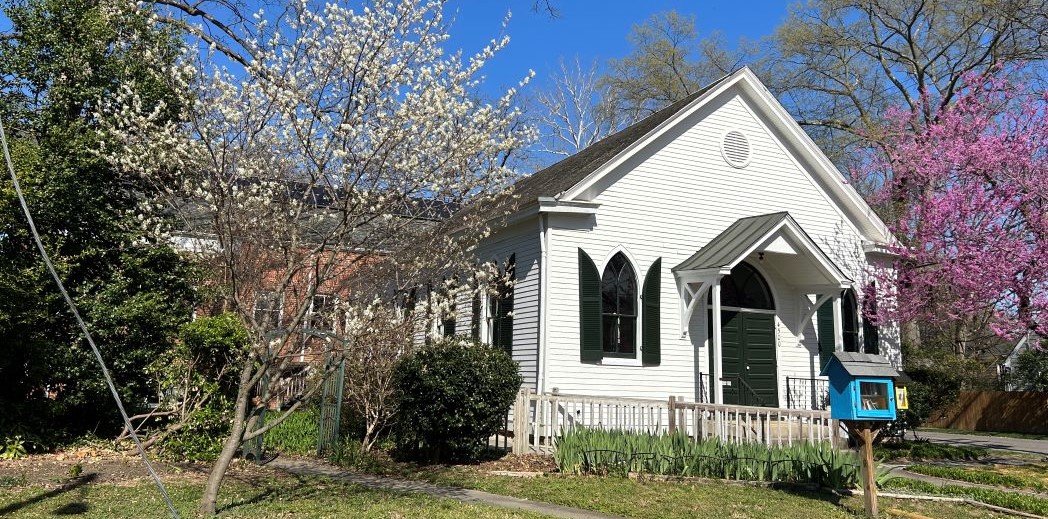The RFM Peace and Social Concerns Committee is aware that the current U.S. administration is going forward with plans to increase the number of deportations of the undocumented and expand the scope of these deportations. Our Quaker testimonies of equality, community, and integrity cause us to hold in the Light the impact on the undocumented immigrant community of an unjust immigration system that harms people’s human and civil rights and tears families apart, and children from parents.
At our March P&SC Meeting, we had a brief presentation on the topic of Sanctuary by Lana Heath de Martinez, staff member of the Virginia Interfaith Center (VICPP). Lana is supporting/facilitating efforts of congregations throughout the State of Virginia as they learn about how to provide Sanctuary to these undocumented immigrants facing deportation.
To further educate ourselves and the Meeting about the needs of the immigrant community and all the aspects of Sanctuary, the Peace & Social Concerns Committee is co-sponsoring with Adult Spiritual Education an Educational Forum about Sanctuary to be held April 30th, at the Rise of Meeting in the community room. Light finger food, snacks, and drinks will be provided. We have invited the following participants to date:
- 1) Linda Rabben, PhD., attender at Adelphi Friends Meeting , author, and anthropologist who has written several books including “Give Refuge to the Stranger: the Past, Present and Future of Sanctuary” and “Sanctuary and Asylum”. Dr. Rabben conducts presentations about Sanctuary.
- 2) Lana Heath de Martinez, (M. Div, Union Theological Seminary) and Welcoming All Coordinator from Virginia Interfaith Center (VICPP)
- 3) Immigration Attorney (name not yet confirmed).
Sanctuary – brief history:
The practice of Sanctuary has a long history as a tradition of religious communities during situations of human despair. From the ancient Hebrew communities, the Christian churches of the late Roman Empire, to the church of England in the late medieval period, churches provided refuge to those fleeing governmental punishments for a variety of reasons. In the US, the first time that a practice surfaced similar to sanctuary was the Underground Railroad that developed to help slaves flee their masters in the South and find safety in homes and congregations far away.
In the early 1970s, again church communities provided sanctuary within their churches to conscientious objectors who had been drafted to the War in Vietnam.
In the 1980s, refugees fled from Civil Wars in Central America to the US, but the US did not recognize them as political refugees seeking asylum. The Sanctuary Movement protected some of these refugees while protesting this practice with the US government; at the time, the US was directly supporting the Central American dictators and death squads. The Sanctuary Movement’s efforts at the time resulted in including Central Americans in US asylum laws in the 1986 immigration reform law.
Neighborhood raids by Immigration enforcement in the US escalated beginning in 2006 and the New Sanctuary Movement evolved from coalitions of congregations in major cities throughout the US.
The Sanctuary Movement Today
Under the Obama Administration rising rates of deportation continued and congregations recommitted themselves to Sanctuary.
Before the November 2016 presidential election there were approximately 400 congregations engaged in the work of sanctuary across the nation — since the election that number has doubled as communities of faith across the nation, due to concerns that the number and scope of deportations is being greatly expanded.
